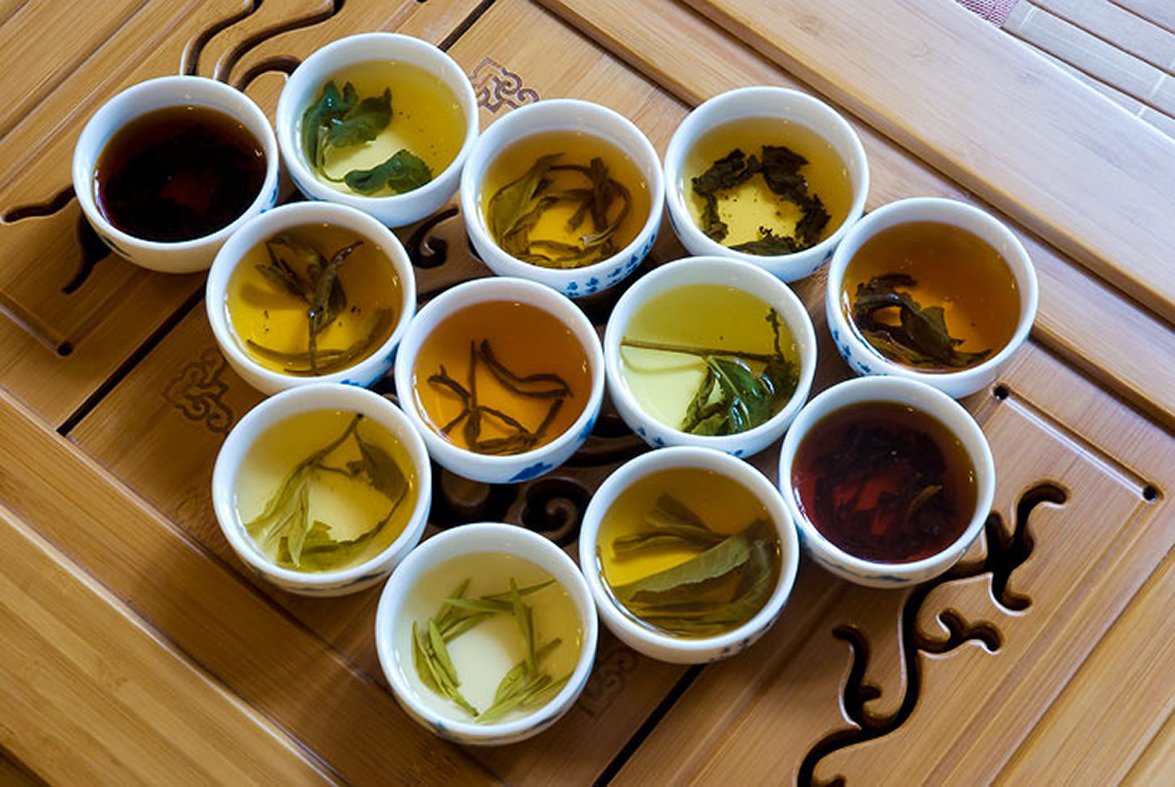The question of whether Chinese tea contains caffeine is a common inquiry, as tea is deeply ingrained in Chinese culture, and caffeine is a topic of interest for many tea enthusiasts. To comprehensively address this question, we need to delve into the world of Chinese tea, exploring its various types, processing methods, and the caffeine content associated with each.
Additionally, we’ll examine the cultural significance of tea in China, the health benefits it offers, and any potential considerations for individuals sensitive to caffeine.
Chinese tea has a rich history that spans thousands of years, and it has evolved into a diverse array of types and flavors. The most common types of Chinese tea include green tea, black tea, oolong tea, white tea, yellow tea, and dark tea (such as Pu-erh). Each type undergoes specific processing methods that contribute to its unique characteristics, including flavor, aroma, and, of course, caffeine content.
Green tea is one of the most popular types of Chinese tea, renowned for its fresh and grassy flavor. The leaves are minimally processed, typically steamed or pan-fired to halt oxidation, preserving the natural green color. The caffeine content in green tea is relatively low compared to other types, making it a popular choice for those who are mindful of their caffeine intake.
Black tea, on the other hand, is fully oxidized, resulting in a dark color and robust flavor. Chinese black teas, such as Keemun and Dian Hong, are well-known for their rich taste. Black tea generally contains more caffeine than green tea, but the exact amount can vary based on factors like brewing time and tea leaf size.
Oolong tea falls between green and black tea in terms of oxidation. It undergoes partial oxidation, resulting in a wide range of flavors and aromas. Tie Guan Yin and Da Hong Pao are examples of famous Chinese oolong teas. The caffeine content in oolong tea can vary, but it is generally moderate.
White tea is the least processed among all the teas. It is made from young leaves and buds, often with minimal oxidation. Silver Needle and Bai Mu Dan are well-known Chinese white teas. White tea typically contains less caffeine than green and black teas due to its minimal processing.
Yellow tea is a rare and less-known type of Chinese tea. It undergoes a unique processing step called “sealed yellowing,” which gives it a distinct flavor. While yellow tea is not as widely consumed as other types, it is still part of the Chinese tea tradition. The caffeine content in yellow tea is similar to that of green tea.
Dark tea, including Pu-erh, undergoes post-fermentation, resulting in a distinct earthy flavor. The caffeine content in Pu-erh can vary widely, but it is generally higher than that of green tea. Some aged Pu-erh teas may have lower caffeine levels due to the aging process.
To determine the caffeine content in Chinese tea accurately, one must consider various factors. Firstly, the type of tea plays a crucial role, as mentioned earlier. Additionally, the brewing method, water temperature, and steeping time impact caffeine extraction. Generally, a longer steeping time and higher water temperature lead to higher caffeine levels in the brewed tea.
While Chinese tea does contain caffeine, it’s important to note that the caffeine in tea differs from that in coffee. Tea contains L-theanine, an amino acid that has a calming effect, which can offset the stimulating effects of caffeine. This unique combination in tea is believed to provide a more balanced and sustained energy boost compared to the rapid spike and crash associated with coffee.
Moreover, Chinese tea is deeply ingrained in Chinese culture and holds significant cultural and social value. It has been a part of traditional Chinese medicine for centuries, believed to have various health benefits.
These benefits include antioxidant properties, improved digestion, and potential cardiovascular and cognitive benefits. Many Chinese people view tea not just as a beverage but as a way of life, symbolizing harmony, purity, and respect.
For individuals concerned about their caffeine intake, there are options to enjoy Chinese tea with lower caffeine levels. Choosing green or white tea and adjusting brewing parameters can help control caffeine intake. Additionally, decaffeinated versions of some Chinese teas are available, although the decaffeination process may affect the flavor profile to some extent.
In conclusion, Chinese tea does contain caffeine, but the amount varies depending on the type of tea and brewing factors. Understanding the characteristics of different teas, their processing methods, and the cultural significance of tea in China provides a holistic view of this fascinating and diverse beverage. Whether enjoyed for its taste, health benefits, or cultural significance, Chinese tea continues to captivate tea enthusiasts worldwide.
